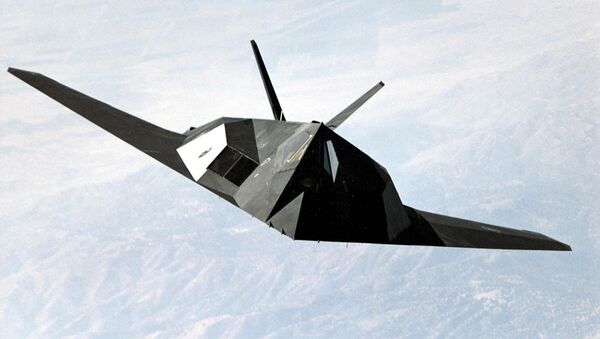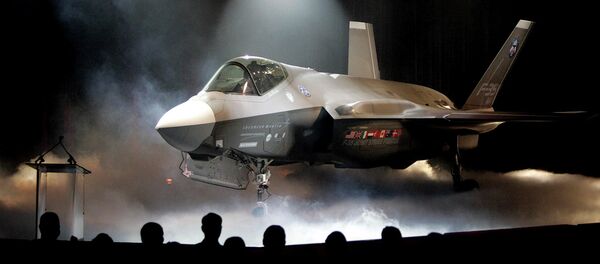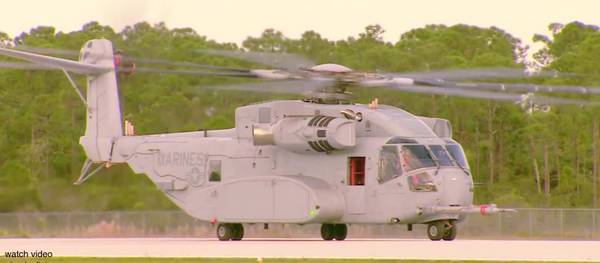US President Donald Trump's new budget includes a sharp uptick in funding for the program, which the Air Force says is vital to maintaining air superiority through the next two decades. The US has been inventing new aerial threats at a torrid pace since 2001, first deploying the F-22 Raptor in 2005 before clearing the F-35 Joint Strike Fighter for combat in 2015.
The service is "trying to get this started," Lt. General Arnold Bunch said during a conference on March 22. The US Air Force believes that by investing in the right technologies, it will make smarter decisions in the future, he said. With such investment, the Air Force can “make smart decisions” and "evolve those technologies on multiple fronts."
Former President Barack Obama’s administration asked for the Air Superiority 2030 report to be completed in 2017, according to Defense News. When the Air Force released its study to the public, at least one conclusion came as no surprise: the program would require more funding to "adhere to that vision" of Air Superiority 2030.
"We need to have something by the late 2020s," Brigadier General Alexus Grynkewich said last year, adding that 2028 seemed like a "realistic timeline" to "have some initial operational capability of a penetrating counter air (PCA) capability."
The NGAD or PCA jet is planned to eventually replace the Boeing F-15 and Lockheed Martin F-22, the National Interest reported in October. The PCA is a "family of capabilities" that includes, in addition to the actual jet, a host of logistics systems; intelligence, surveillance and reconnaissance (ISR) capabilities; and communications platforms.



